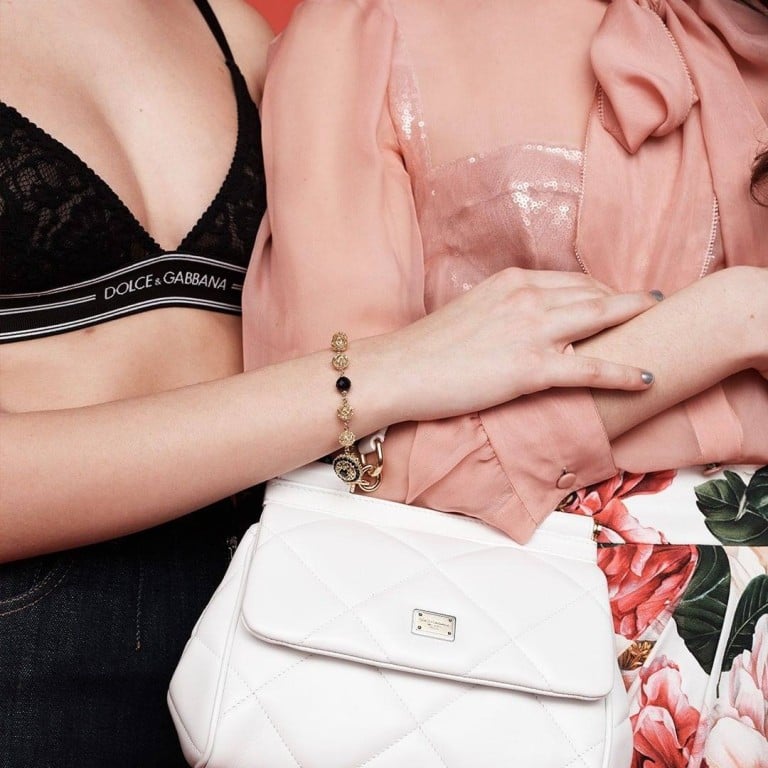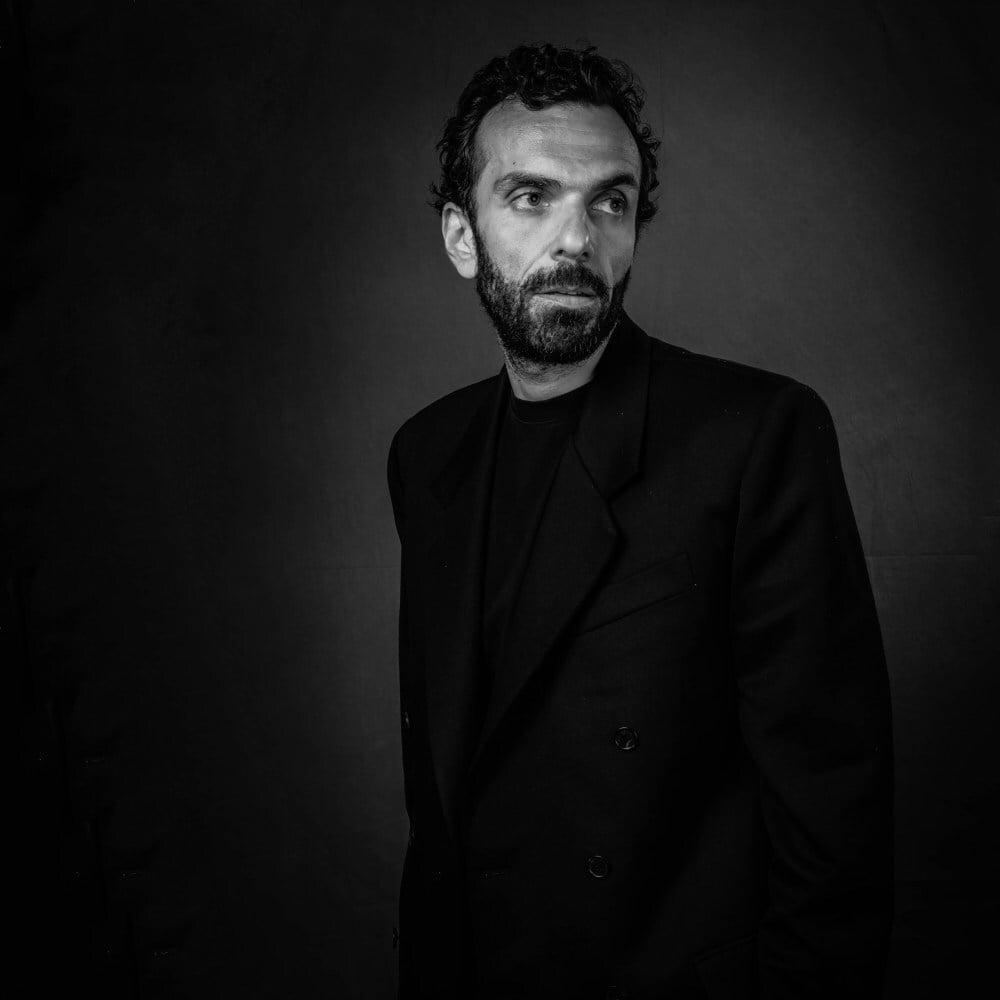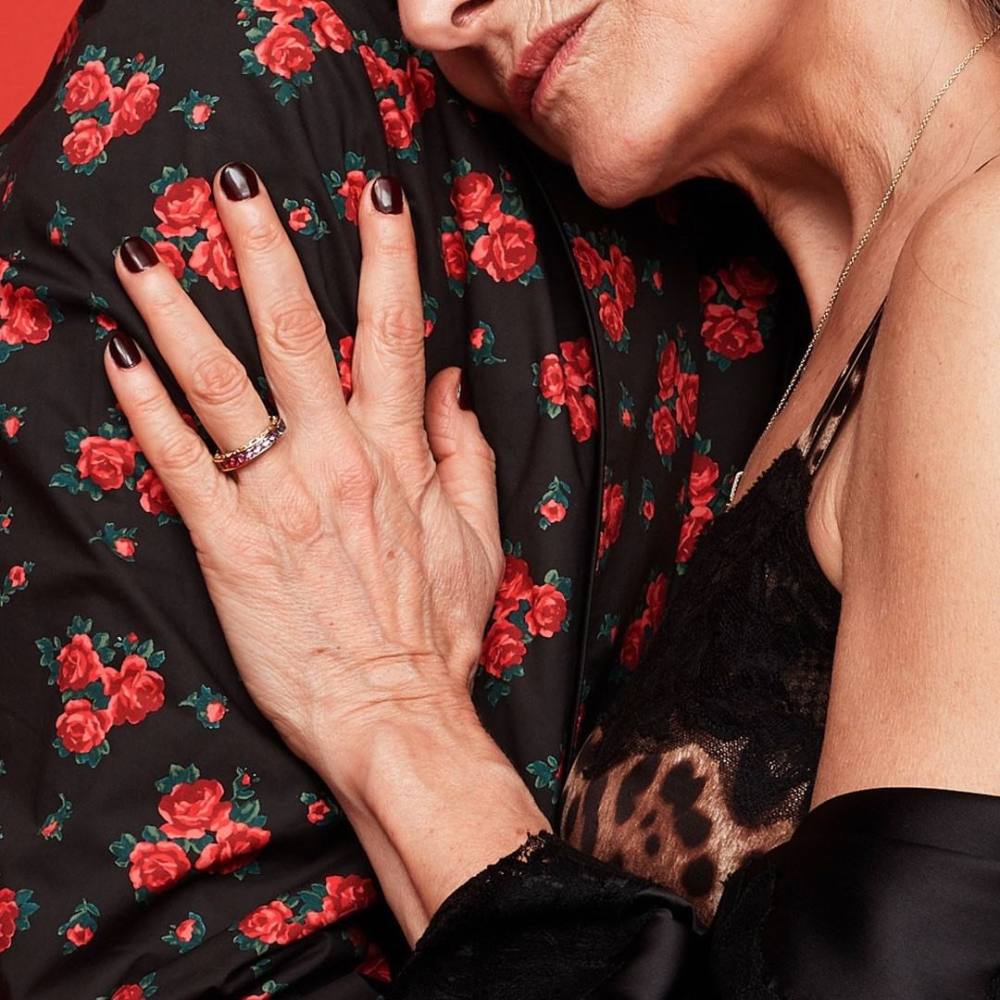Opinion / How luxury brands Gucci, Versace and Mercedes-Benz are engaging LGBT shoppers with genderless designs, Pride campaigns and supporting organisations like The Trevor Project

In many of my columns, publications and classes, I have compared luxury with love.
Why does this matter? Because it highlights one of the most important tasks for luxury brands: creating extreme value in the eyes of consumers. A value so extreme and unique, that people compare it with falling in love. This also means that brands need to remind themselves that they are the ones initiating the relationship. As with any romantic involvement, things tends to end fast when one of the partners does not feel valued. Since the luxury brands initiate the relationship through their storytelling, it’s their responsibility to nurture it.

Too many brands, even in the luxury space, have been traditionally transactional, often even arrogant. I remember a much-talked about study published in 2014 even recommending an arrogant approach. The authors argued that the more arrogantly a brand behaves, the more it sells when it comes to luxury. Good luck with that! This may have worked years ago, when the luxury market was less transparent, competition much less, and when consumers had – frankly – lower expectations of brands, because most had a similar go-to-market approach.
In 2021 we are in much different times. And many brands are struggling to keep up with the change. Consumers are what I call super-empowered. They do their homework before they come into the store. And if a brand does not represent their values, they move on to brands that do. In other words, brands need to show their love. They need to take positions. Just looking the other way does not work anymore when consumers expect activism and clarity of values.

I want to see LGBTQ models and imagery celebrated more than they are fetishised
Bottega Veneta’s collections under Daniel Lee, a brand known for their signature intrecciato leather designs, have also become gender fluid, opening up even to a point of discomfort for more traditional consumers of the brand. Vogue called Lee “The Quiet Radical”, underlining that taking a strong position as a brand is not for everyone. However, those who share the same values will fall in love with the brand even more. The future of storytelling is in strong and distinct expressions.

Dolce & Gabbana, the Italian luxury brand is still recovering from the PR crisis it had in China at the end of 2018, having faced accusations of racism, ignorance and arrogance, leading to the loss of a significant amount of distribution in China. It is now trying to strengthen its brand equity with a “Love is Love” campaign, supporting The Trevor Project, the world’s largest suicide prevention and crisis intervention organisation for LGBTQ+ young people. The retro-campaign is inspired by images from the 1990s, signalling that the brand was supporting equality from its onset.
What Mercedes can learn from Louis Vuitton about storytelling
Versace, like many other luxury brands, launched a Pride collection mid-2020, with some of the proceeds benefiting organisations including Trans LifeLine, TransLatin@ Coalition, Brave Space Alliance, The Ally Coalition and Arcigay, one of Italy’s leading LGBTQI+ rights groups. Diesel supported international projects dealing with gender identity including the San Francisco LGBT Community Center and Transgender Europe. Herman Miller recently launched the classic Eames Hang-It-All design with a colour scheme representing Pride. And the Apple Watch comes with Pride faces and matching bands. For many years already, Mercedes-Benz has been showcasing LGBTQ+ campaigns with several testimonials from people talking about their lives and lifestyles.
The LGBTQ+ community is sizeable: according to the Williams Institute at UCLA, between 3 and 10 per cent of the total US population identifies as LGBT, depending on the state. Given the strong social-desirability bias of such studies we might assume that the real number is higher.
What brands need to take into consideration is the fit of their campaigns to their overall brand positioning. When LGBTQ+ campaigns feel opportunistic or just an afterthought, then the credibility is limited or can even backfire. Authenticity is critical.
In Los Angeles Times from June 20, 2020, the designer Jonny Cota stated: “As a queer designer, I want to see LGBTQ models and imagery celebrated more than they are fetishised. I want to see gay pride-inspired products being released year around rather than only during Pride Month. I believe that a fundamental aspect of ‘queer power’ is body positivity and appreciating all bodies, and I would like to see that more organically blended into the fashion imagery we see in our magazines and on billboards. I want to see the diversity in fashion become normalised rather than strategic branding.”
The implications are important for luxury brands. You have to show love to your customers. When it is not authentic, they will notice. Instead of strengthening your brand equity, you weaken it. If a brand has no position, it is better not to pretend to have one. If a brand like Mercedes is showcasing Pride mainly during Pride Month, and otherwise always uses traditional imagery, then the intention is questionable. But if a brand is serious, credible and consequent, like Gucci with its MX collection, it can make a significant difference. Extreme value creation starts with an insight-driven, authentic and distinct story.

- Gucci’s gender-fluid MX collection and Daniel Lee’s designs for Bottega Veneta represent long overdue industry progress
- But mainstream brands need to do more than celebrate Pride Month, and work to show a lasting, year-round commitment to the LGBT community